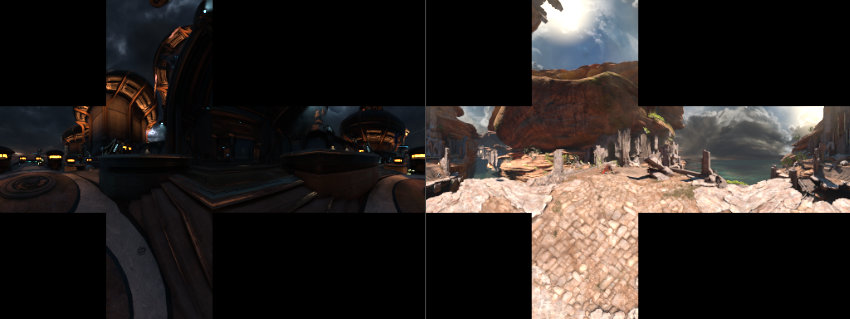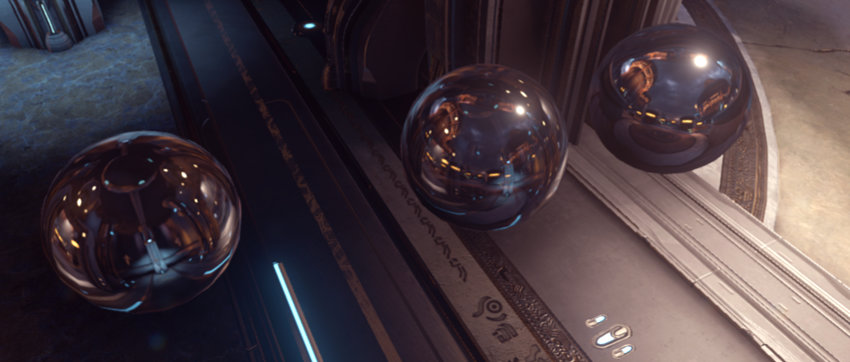Cubemaps
While not strictly "lighting", cubemaps basically represent what is seen in the reflections of all materials, and so are usually created and placed by the Lighting Artist. Cubemaps can be "captured" in the game (as if you were taking a 180 degree photo of your surroundings) or you can create cubemaps yourself. Captured cubemaps can also be edited.
Here are a couple of captured cubemaps:

A typical scenario is that there's a master cubemap that's applied to the entire level, while individual cubemaps can be created for specific areas. This is especially useful for example in indoor areas. If you're inside a building, you don't want to see objects in that room with reflections of the outside world, so you would override the world cubemap with a cubemap of the interior.
There are various ways of assigning cubemaps, depending on the engine. In some, you can assign a cubemap per-object, or assign a cubemap to a volume, so anything within that volume will be affected by that cubemap. Sometimes you can assign a cubemap to a probe, with a radial falloff, that will affect anything within that radius.
The best scenario, regardless of placement method, is that there's a smooth gradient overlap between different cubemaps, so there's a smooth blend as a character moves from one cubemapped area to the next. Otherwise, you would see "popping" of one cubemap to another, which would look cheesy.
If I'm working in a system where cubemaps are heavily used, I like to lay out a series of chrome spheres along the player path or in critical areas, as this makes it easy to see which cubemap is being used where.

In the above image, an interior cubemap is applied in the left area, and an outdoor night cubemap applied to the right area, outside a doorway. The chrome sphere in the center shows the two blending. When a character moves from one to the other, the blend is smooth and unnoticeable.
Although cubemaps have little effect in areas where there are no reflective materials, they make a huge difference in areas where there are.

